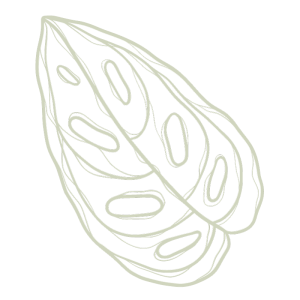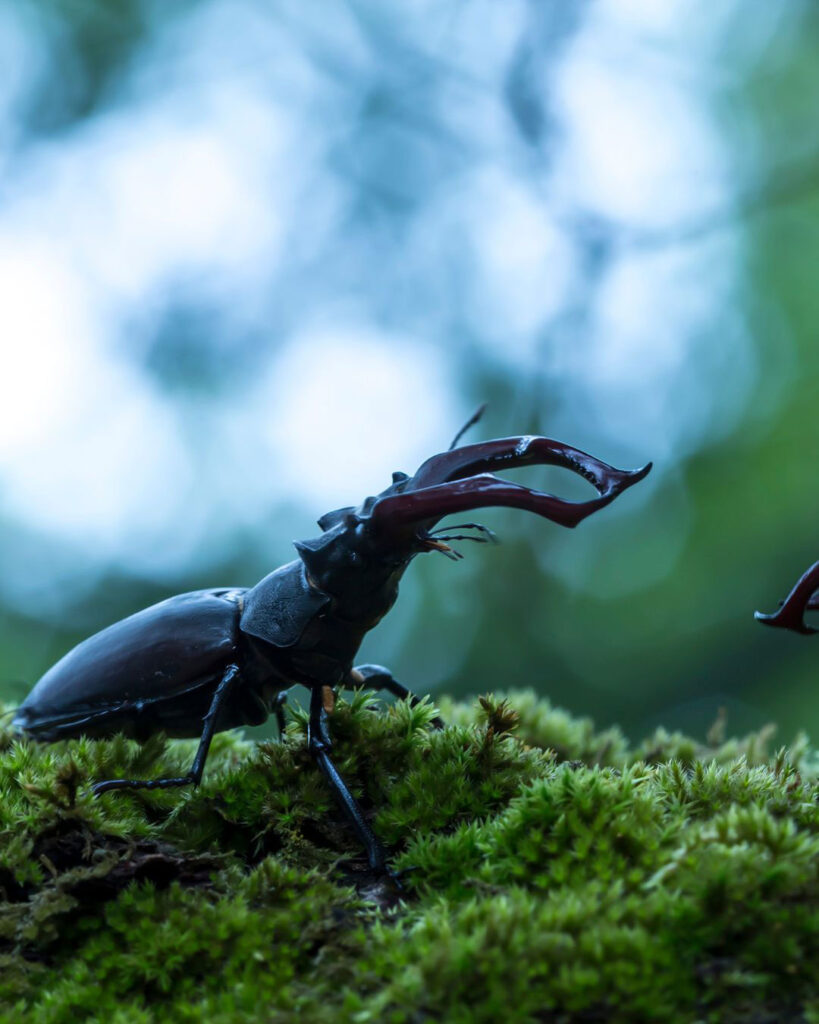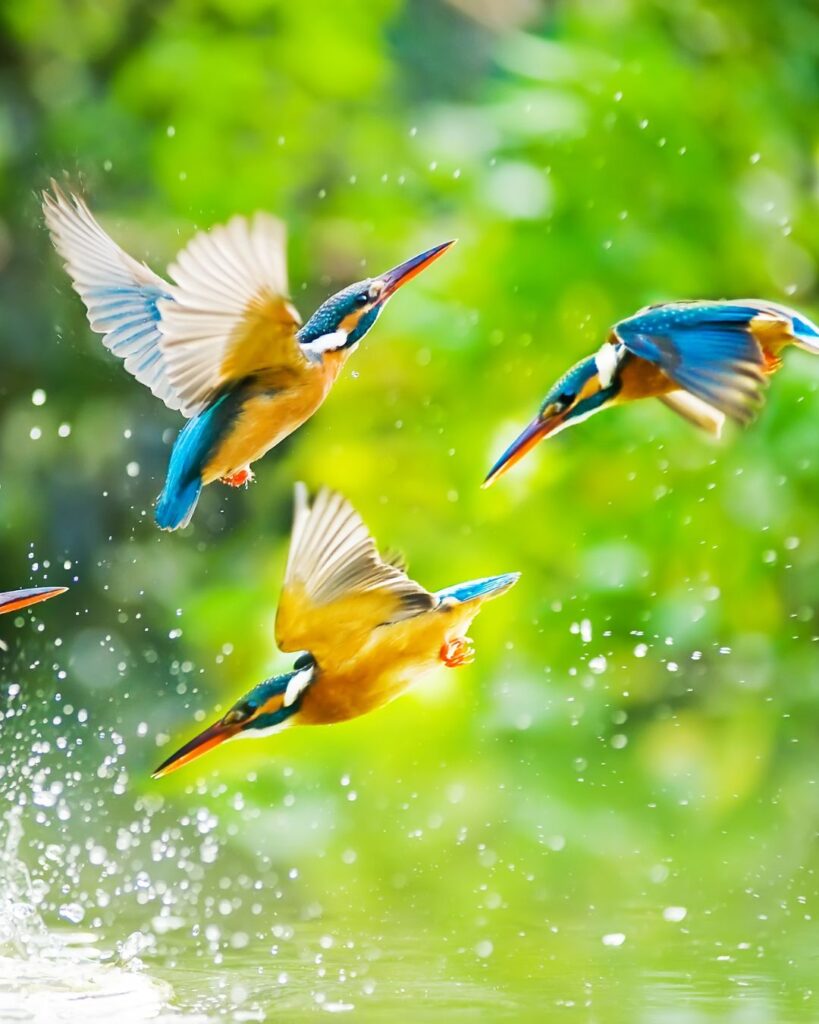Wildlife
Daintree Flora & Fauna

Home to a rich diversity of plants and animals.
Unveil the Secrets of Australia's Most Diverse Ecosystem
The region boasts the greatest variety of animals found anywhere in Australia, including some of the most iconic Australian wildlife, including the Estuarine (Saltwater) Crocodile, the endangered Southern Cassowary, Tree Kangaroos, Ulysses Butterflies and White-Lipped Tree Frogs. With 40% of Australia’s bird species in this region, this is a birdwatcher’s paradise too. Discover more about The Daintree flora and fauna
Harmony Between Humanity & Wildlife
The lodge was designed to ensure harmony between humanity and the natural wildlife in the Daintree Rainforest. By building the lodge on walkways and stilts, guests can enjoy watching the wildlife from above and know that human presence will not disturb their natural habitat nor activity.
Some ancient plants in the Daintree Rainforest represent an unbroken chain stretching back to the earliest life forms. The first seed plants to colonise the earth were the cycads and the world’s smallest and tallest are found here in the Wet Tropics. One of our very own Hope’s Cycad (Lepidozamia hopei) is listed in the National Register of Big Trees and estimated to be over 1000 years old.
Many plant and animal species are unique to the area and cannot be seen in other parts of Australia or the world.


Forest Recyclers
Rainforests are great recyclers with up to 10 tonnes of leaves and branches falling per hectare each year. All dead matter is quickly broken down to release and recycle nutrients and nothing is wasted. There are recyclers at every stage of the process from beetles and moth larvae who bore through the wood, introducing fungal spores into the heart of the timber and allowing fungi to start decay, to striped possums who tear the rotting wood to bits looking for insect larvae.
Mushrooms, moss and cup fungi can be spotted throughout our rainforest and play a key role in the decomposition of organic material. Seemingly insignificant animals are often fascinating, for example The Mueller’s stag beetle, will break down dead wood matter with its unique incisors, sharp as bayonets. Every part of the rainforest will host a recycler ready to do their part for their ecosystem.
Nature's Gardeners: Wildlife That Sustain the Forest
Many of the fruit that can be seen around the Lodge are unique to the Daintree area. Most are not for human consumption but offer some great variety for the endemic wildlife found here. The cassowary is a great fruit disperser and ensures the rainforest keeps germinating and growing.
The white-tailed rat can bite through the hard fruit shells, including coconut. They will often bury their food to save it for later and then forget where they had buried it – allowing for more germination. The musky rat kangaroo is also fantastic at dispersing seeds and fruit similarly. Birds also work the ground and will often unknowingly disperse seeds through obvious consumption or, like the brush turkey, simply by shovelling items from one area to the next, aerating and dispersing them in the process.

Bird Life
Hosting nearly half of Australia’s bird species, the Wet Tropics is a true wonderland for the avid birder. The concentration of bird life found in this region is truly remarkable with nine out of ten of Australia’s kingfishers, over half of the nation’s pigeons and seven of the nine Australian owls.
With many colourful exotic birds like kingfishers, the golden bowerbird, Victoria’s Riflebird, fruit-doves, parrots and our most imposing, the Southern Cassowary, every bird watcher’s log book is sure to fill during their time in the Daintree.
Frogs
During the wet, you may hear them before you see them. The Wet Tropics has 54 native frog species, 22 of which are found nowhere else in Australia. The giant White-lipped Tree Frog commonly found in our forest is the largest tree frog in the world. The noisiest could be awarded to the Daintree Whistling Frog. Males call, with a series of high-pitched whistle-like notes, from beneath leaves on the floor of the rainforest during the day in the wet weather. These frogs don’t spawn in water like most frogs, but the female lays her eggs in a shallow burrow and the parents stay close to the eggs until they hatch into fully developed tiny frogs.

Mammals
Found in the Wet Tropics are Australia’s two monotremes, the platypus and echidna, 41 marsupials, 15 rodents and 36 bats.
Probably the most common marsupial seen around the Lodge are the wallabies and the striped possum as they search for food. On the other hand, to catch a glimpse of the Bennett’s Tree Kangaroo (known only to occur in the Greater Daintree) would be a very rare occurrence. This tree kangaroo is almost the largest arboreal marsupial in Australia, but despite its size, it is extremely elusive and vulnerable to predation and sensitive to disturbance. So, keep your eyes peeled for this endangered marsupial.
At the Daintree Wilderness Lodge every insect, flower, seed and form of life is here to be discovered and appreciated.
